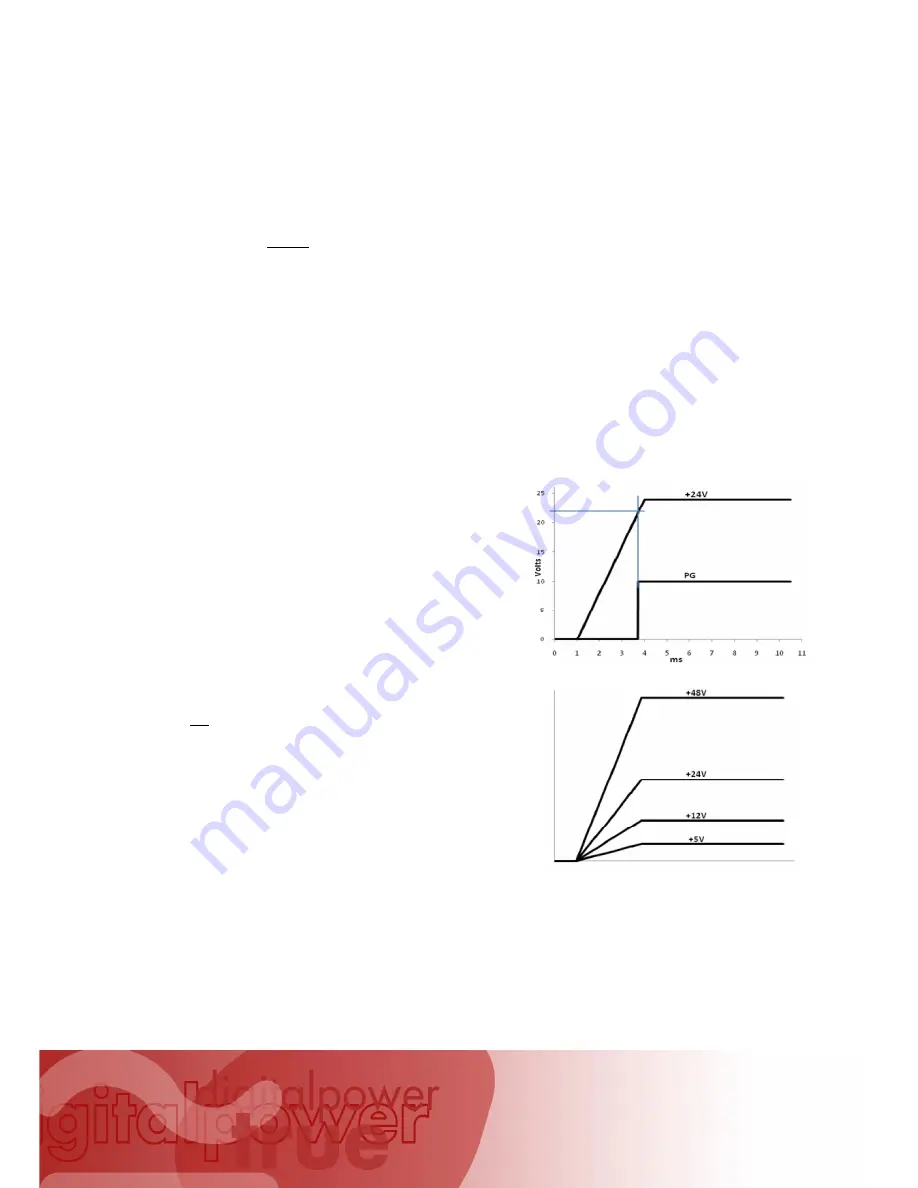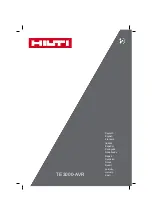
12
Reverse Current Protection (RCP)
The standard output modules use synchronous rectification in the output stages to achieve high efficiency and as a result the
outputs can both source and sink current. The sink current is internally limited to approximately -6% of the maximum rated
current. However, in applications where the output modules are connected to external power sources such as batteries or
other power supplies certain precautions must be observed to prevent damage to the unit.
The outputs should never be directly connected to to external power sources without some form of reverse current protection
such as an external diode or controlled MOSFET. If protection is not used, large reverse currents which will ultimately result in
damage to the unit will occur, especially when the AC mains is disconnected.
Output module Average and Peak power
All modules have an average and peak power rating. The average power of each unit must at all times remain below its
specified limit. However, each output can deliver up to 150% of its average power rating for a maximum of 5 seconds at 50%
duty-cycle, subject to the current limit not being exceeded and subject to the overall average power drawn being less than the
specified average power rating (including any input de-rating due to temperature or line voltage). The available peak power is
a function of the output voltage and maximum current for each module. Full peak power is only possible when the output
voltage is adjusted to V
MAX
and the maximum current is drawn from the module. Note that both average and peak power
ratings are subject to the same temperature de-rating as the input module (de-rate by 2.5% per °C above 50°C), but are not
subject to any line de-rating.
Start up and Shut down
All outputs are designed to have a regulated monotonic start-up with a
rise time of approximately 3 ms as shown in the diagram right. The power
good signal stays low until the voltage exceeds the power good threshold
(
≈90%).
Where multiple output modules are used, the default start up scheme is
ratio-metric with all outputs starting at the same time as shown in the
diagram right. External control circuits may be used to implement tracking
or sequenced start up if necessary.
The outputs are not designed to start into a pre-biased load and may
discharge any externally capacitance before beginning to ramp the output
voltage up in the normal way.
At shut-down the outputs enter a high impedance state. Where no external
load is present it may take some time for the voltage to decay. When
driving inductive loads, care must be taken to limit the voltage at the
output terminals so as to prevent damage to the unit.
Synchronisation
All output modules in the same power unit are synchronised. The typical operating frequency is 260 kHz and
paralleled/seriesed units will not produce beat frequencies.













































